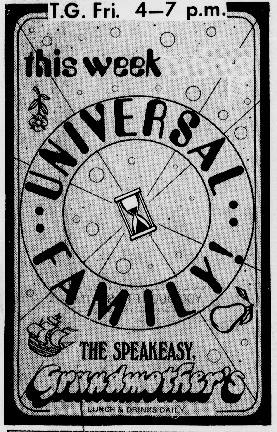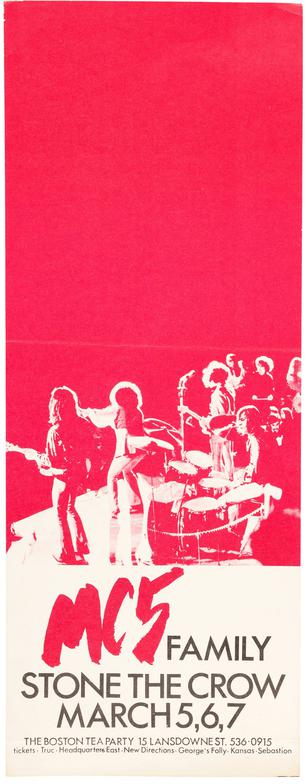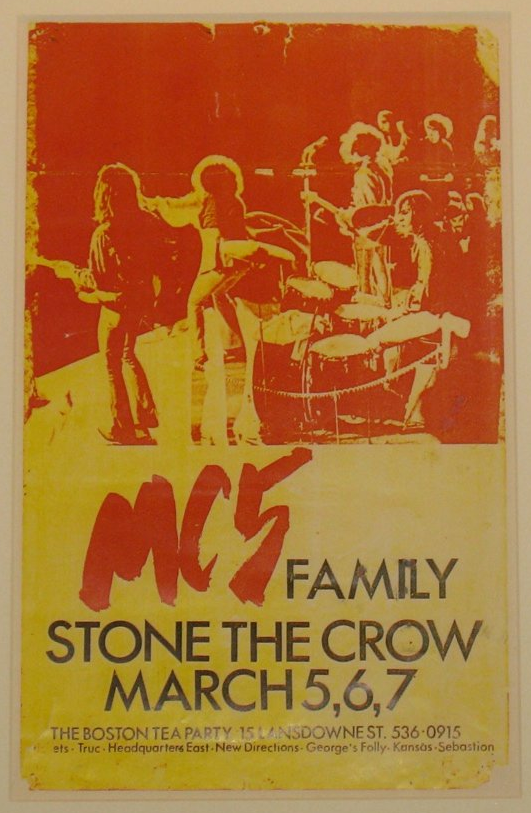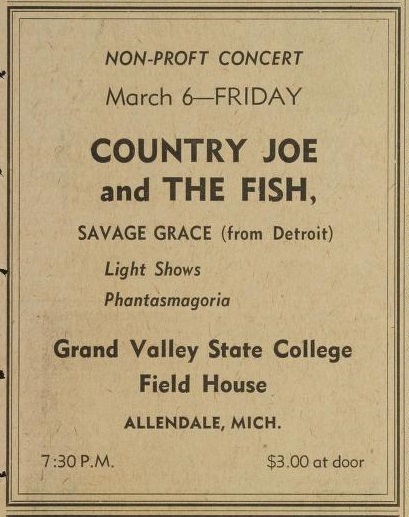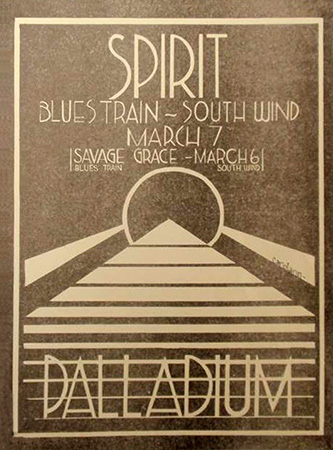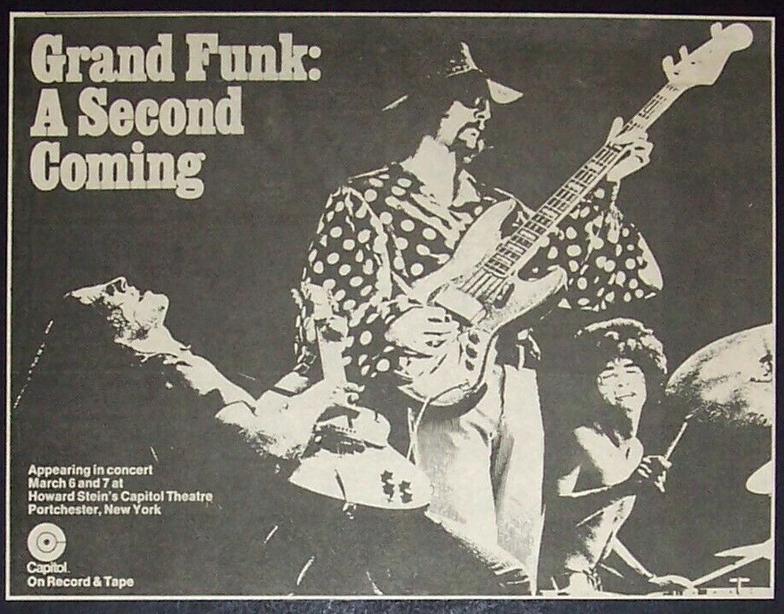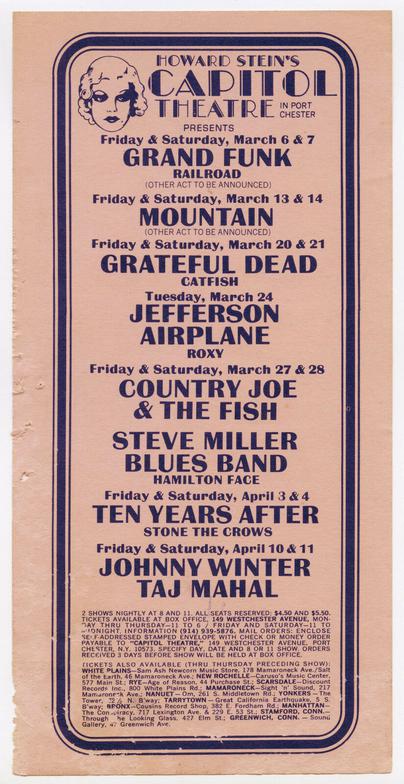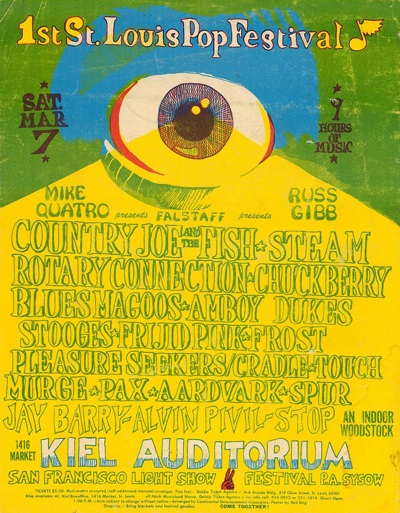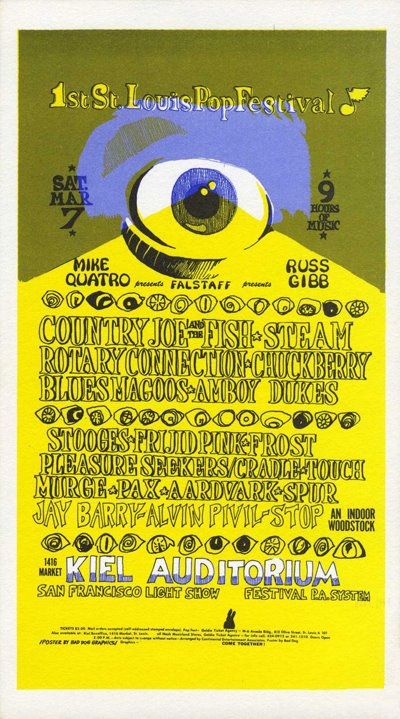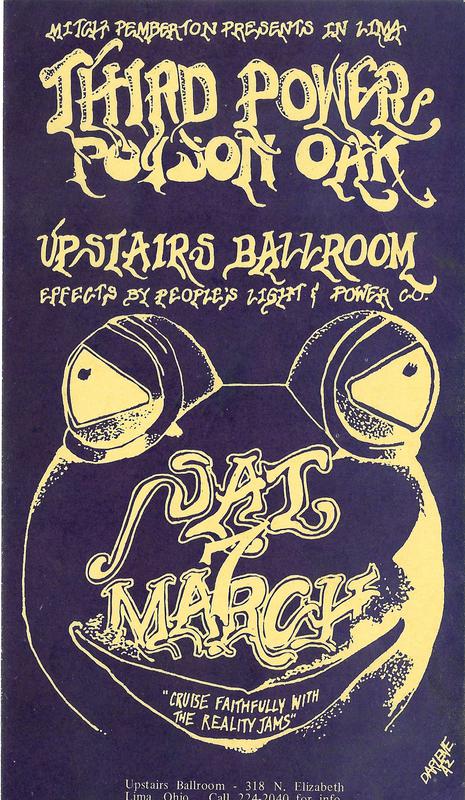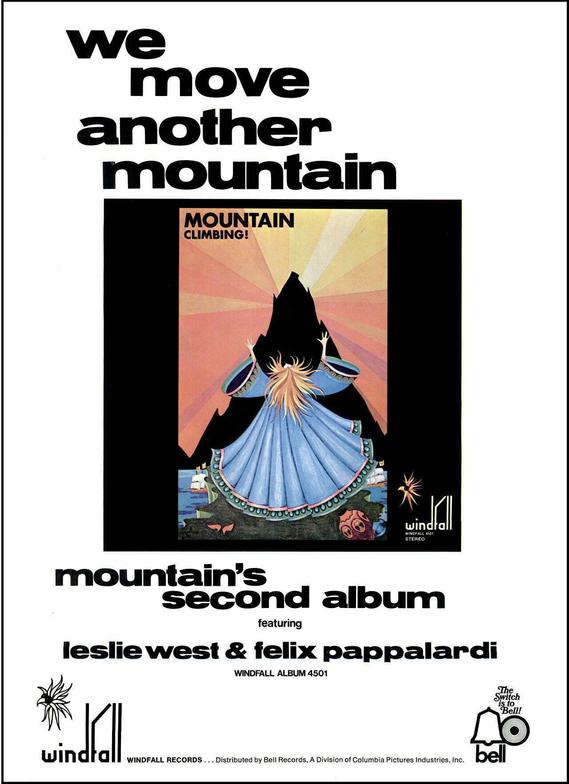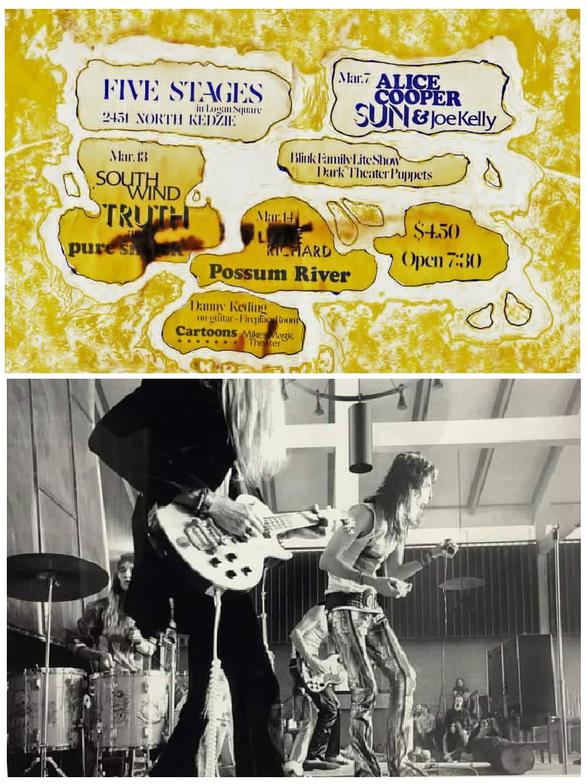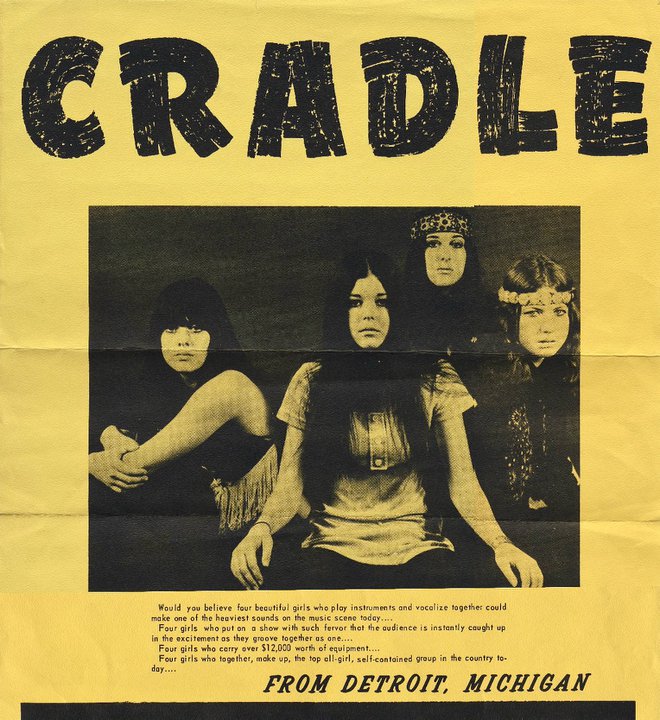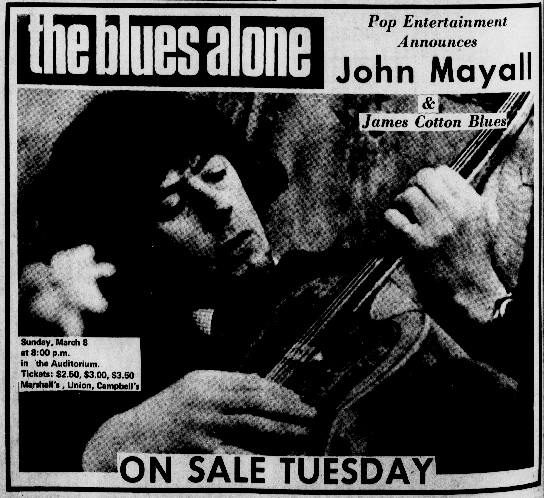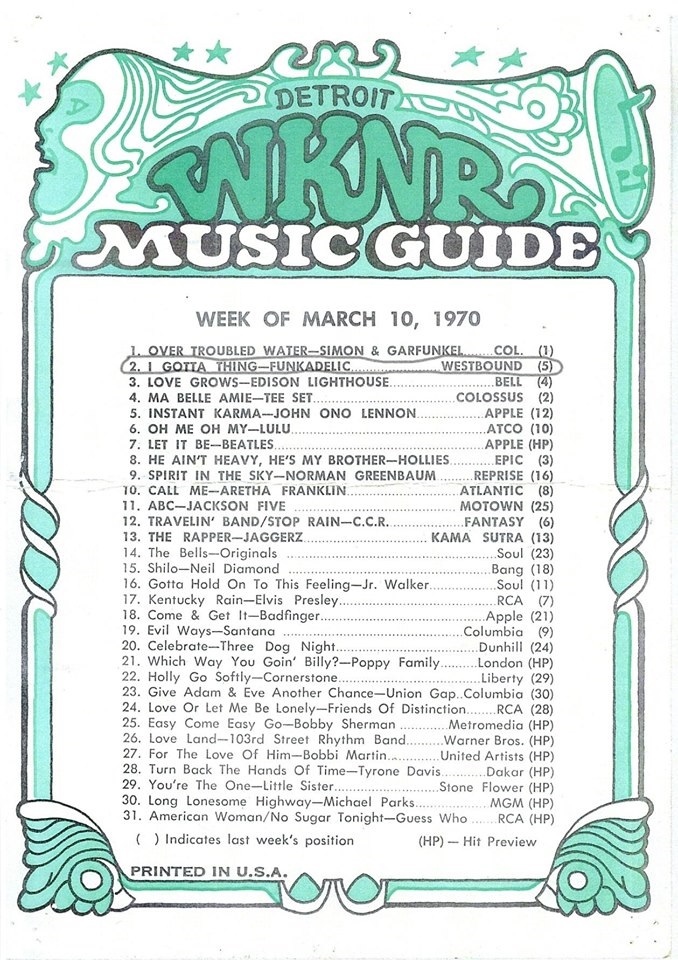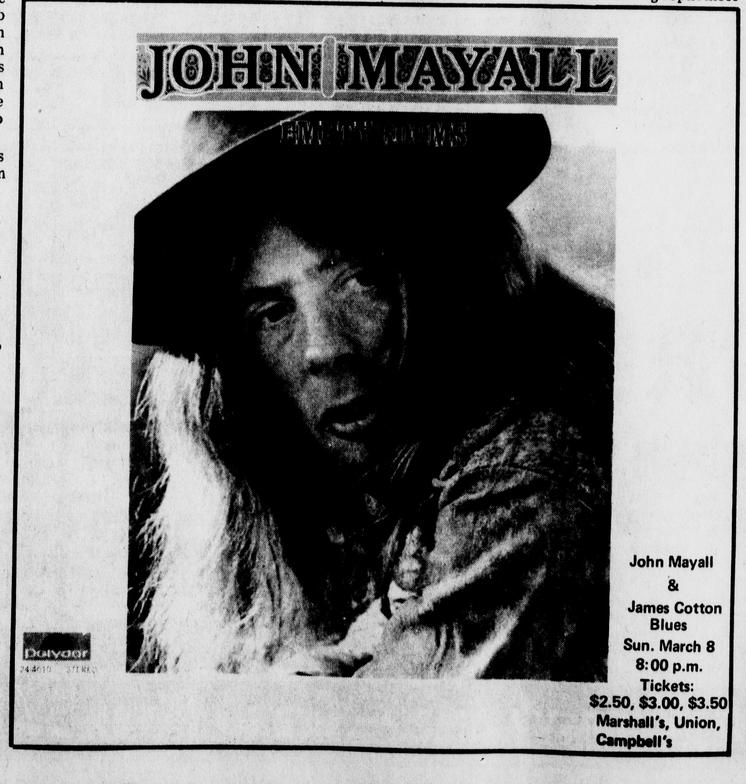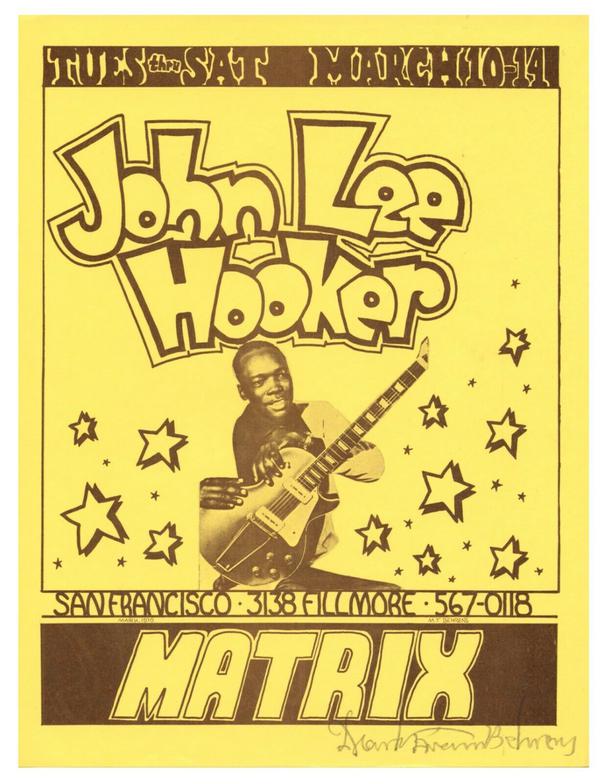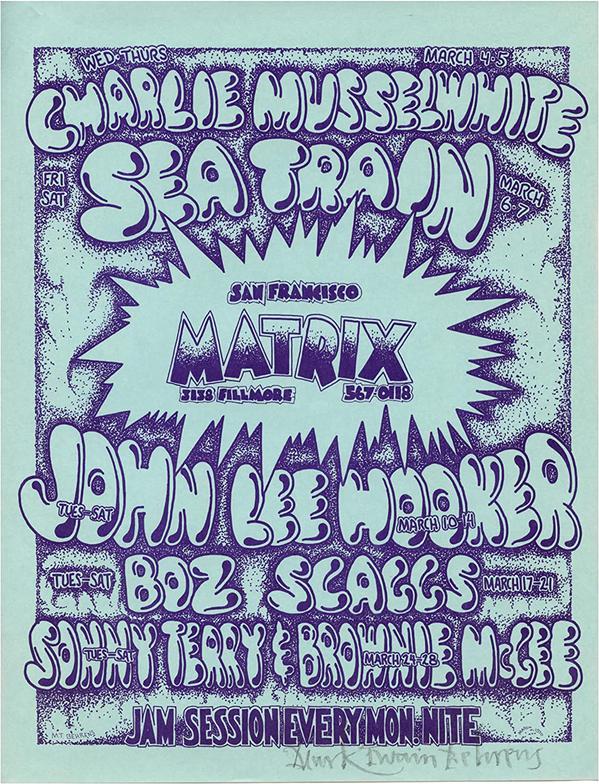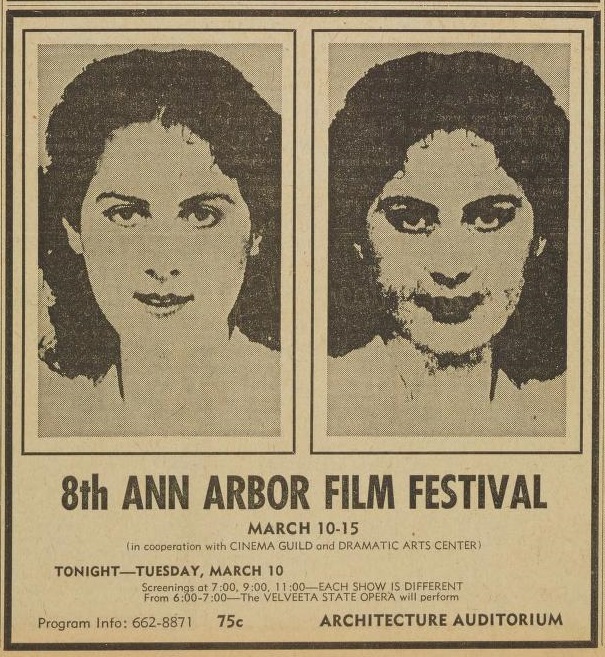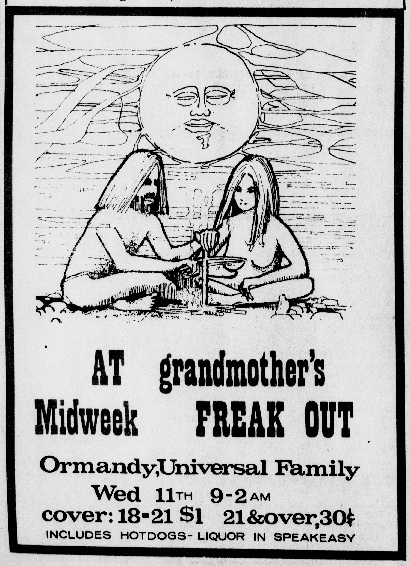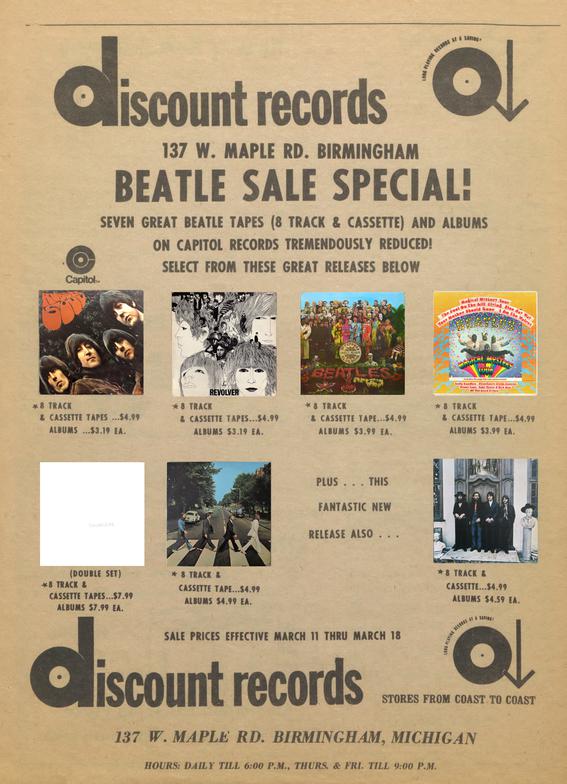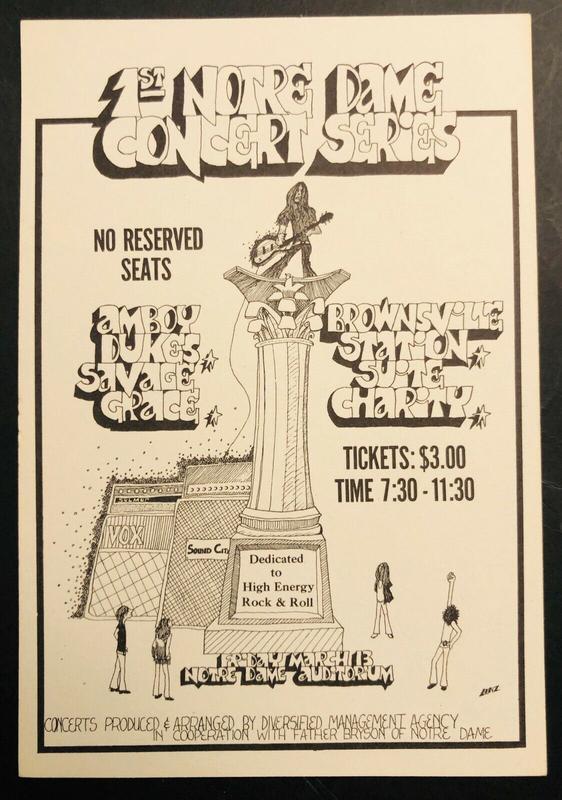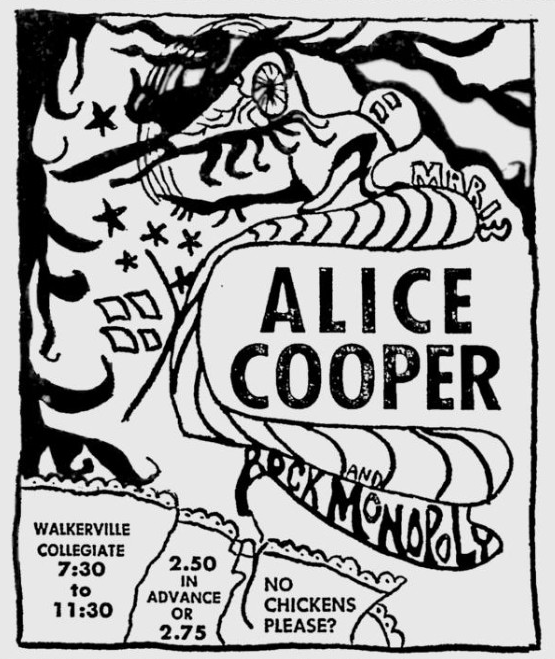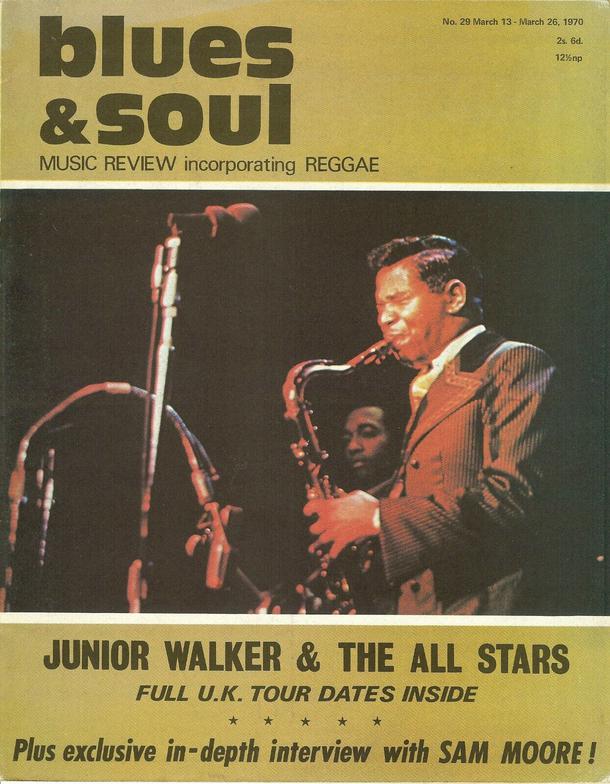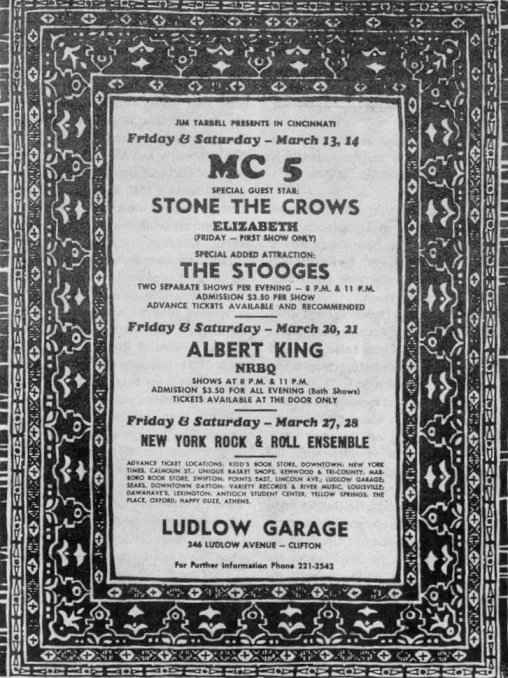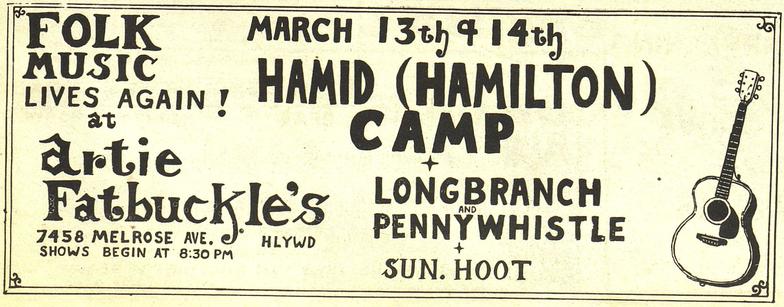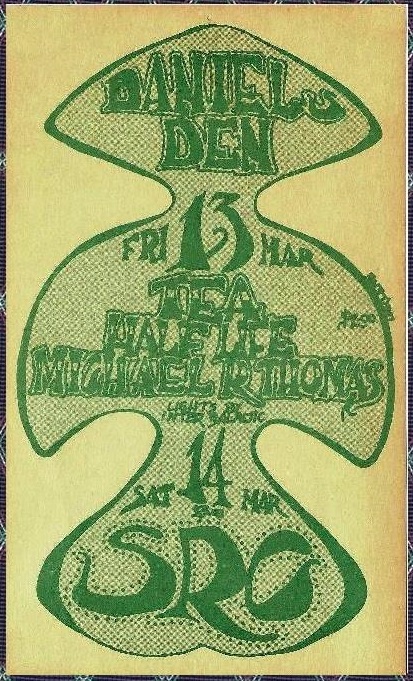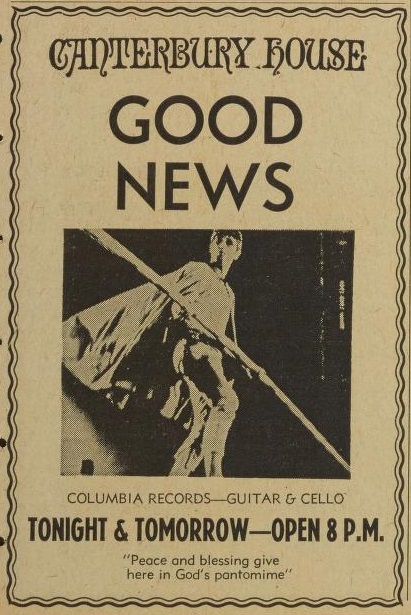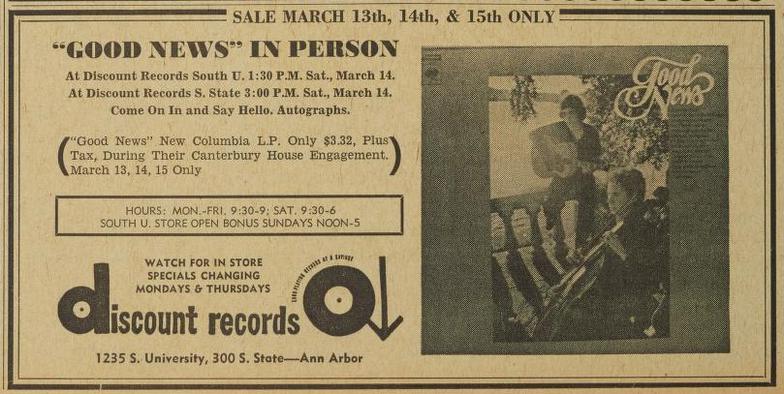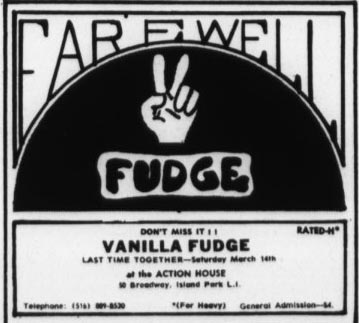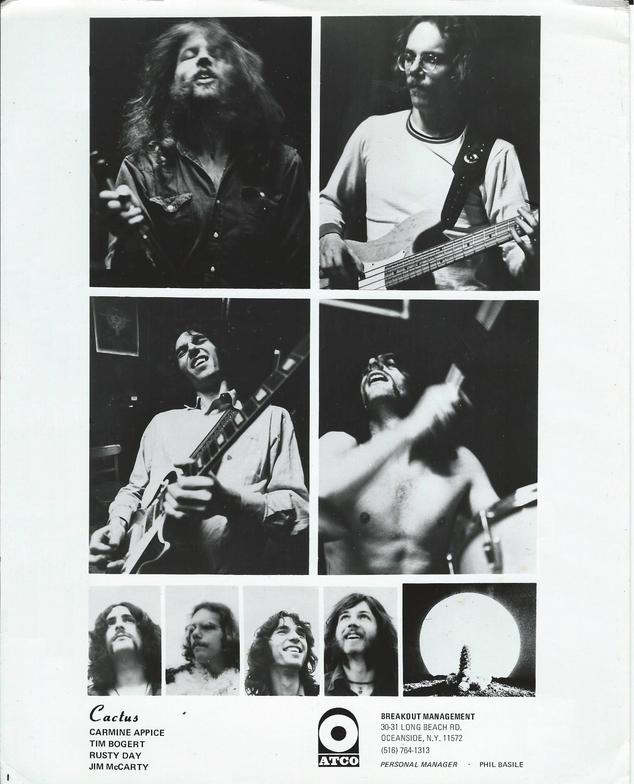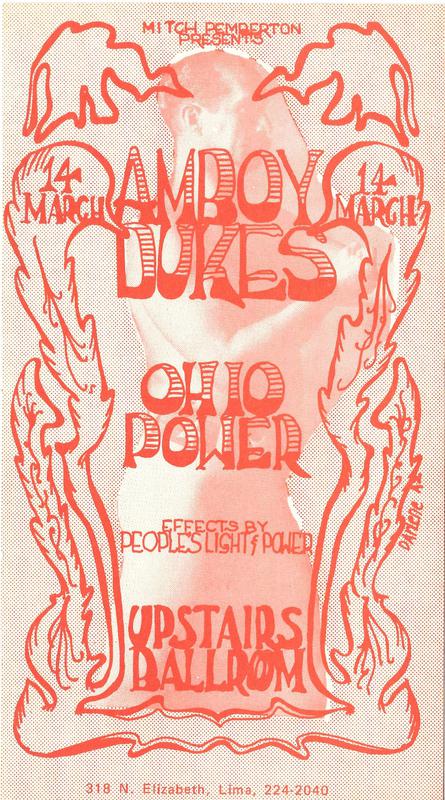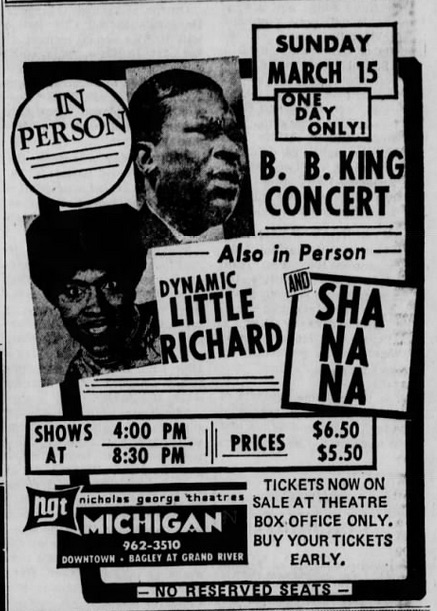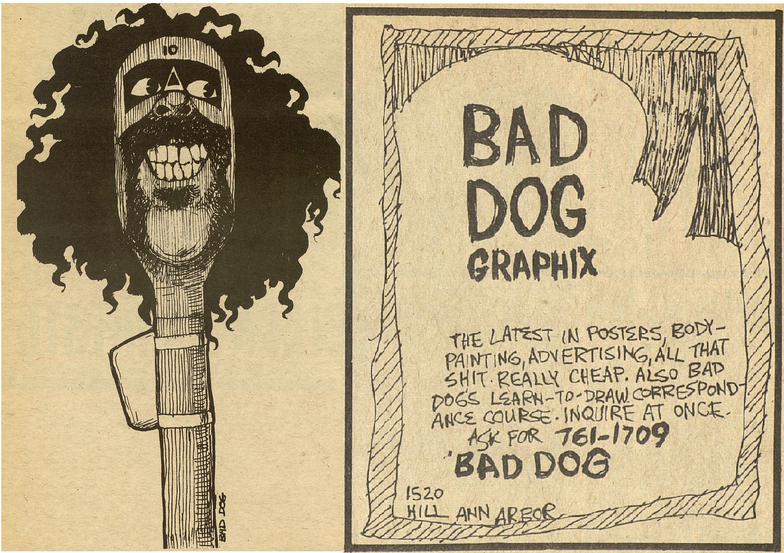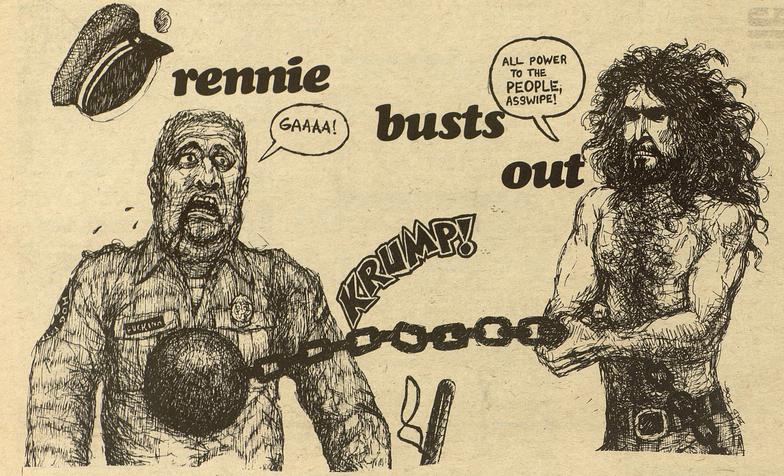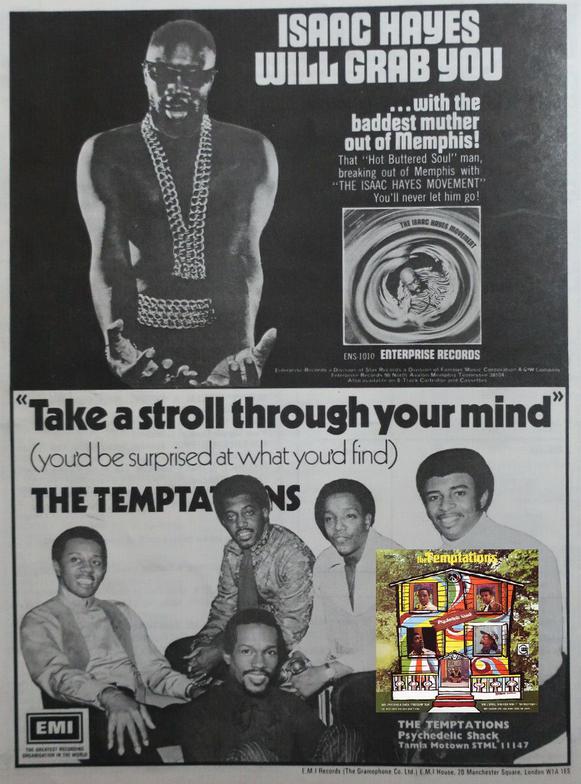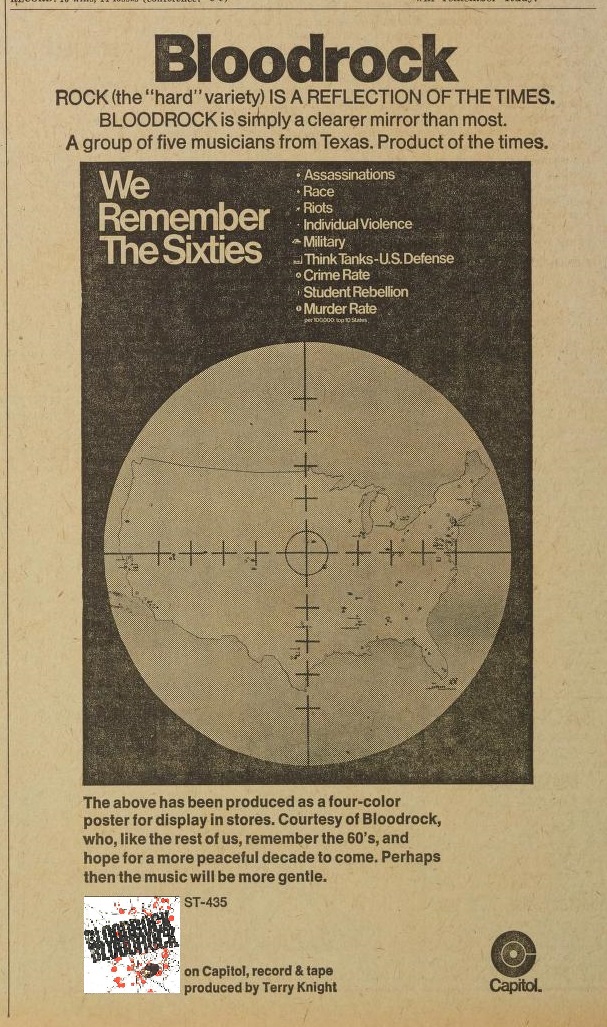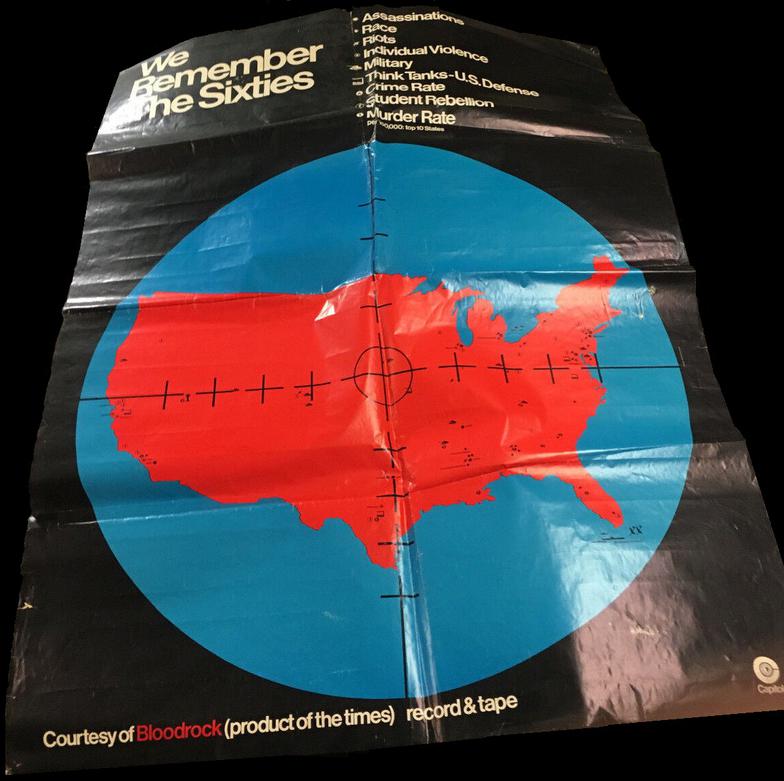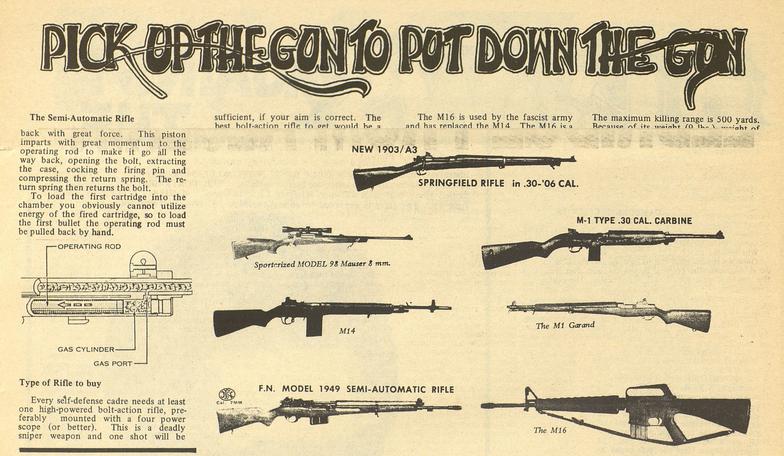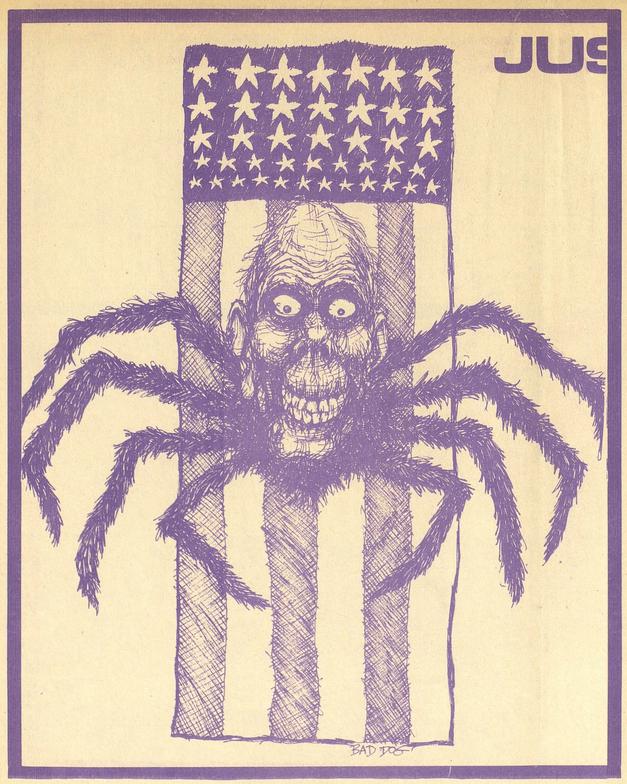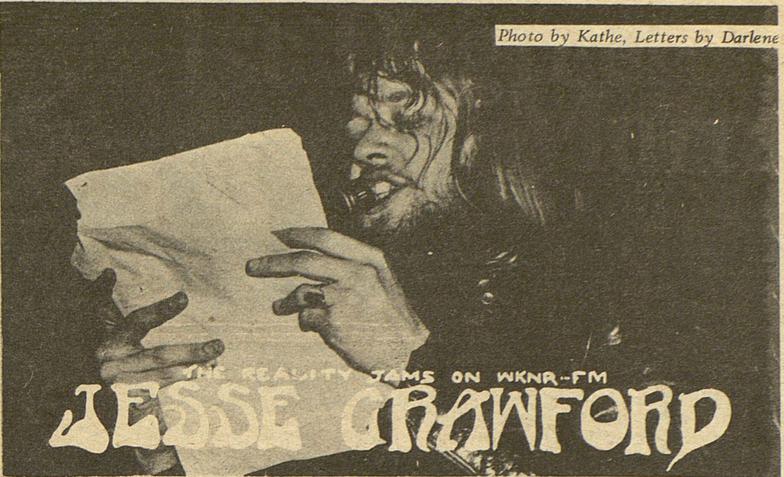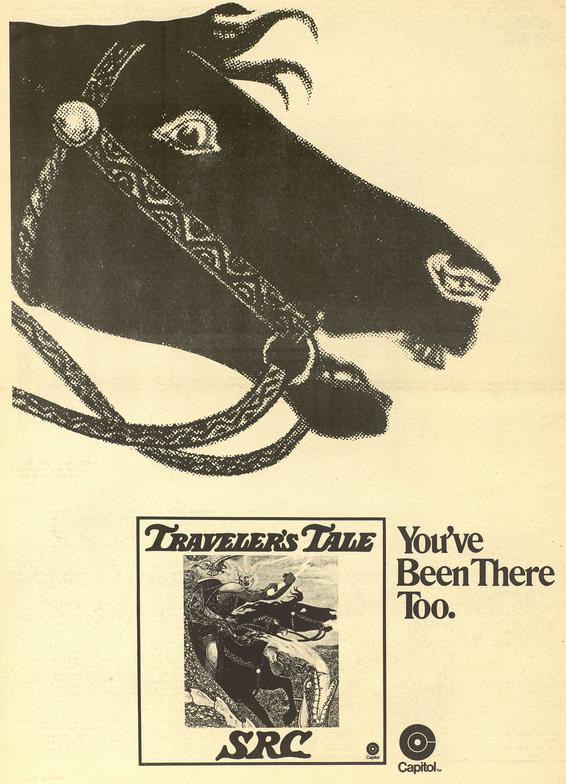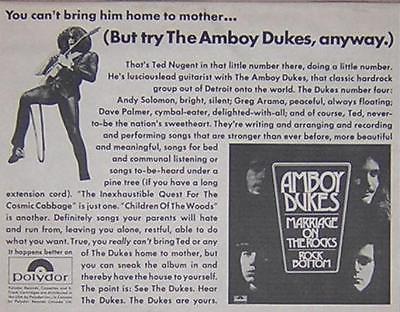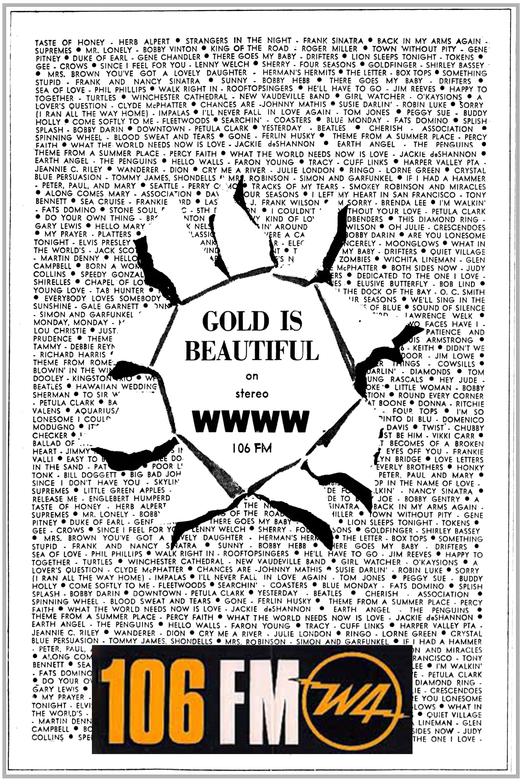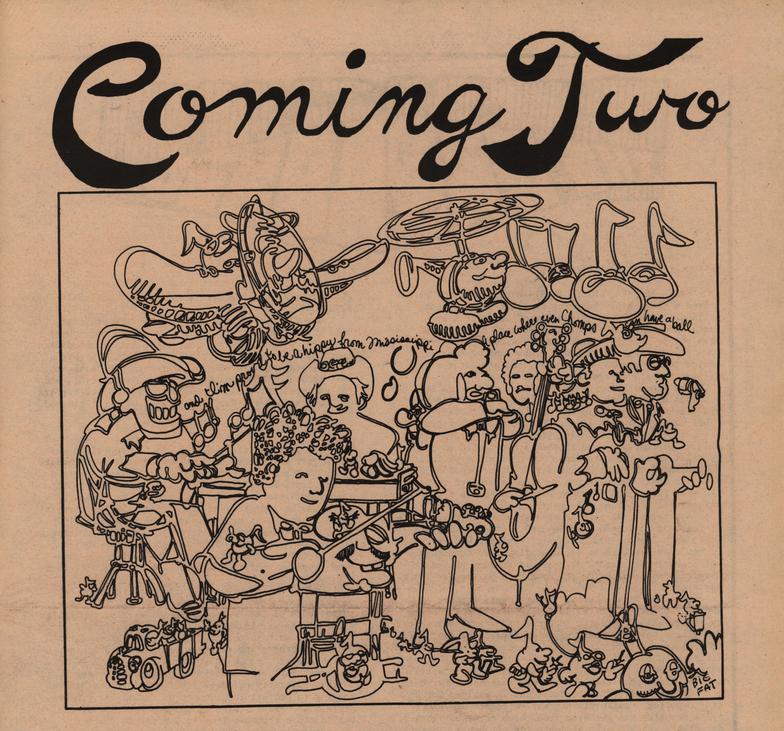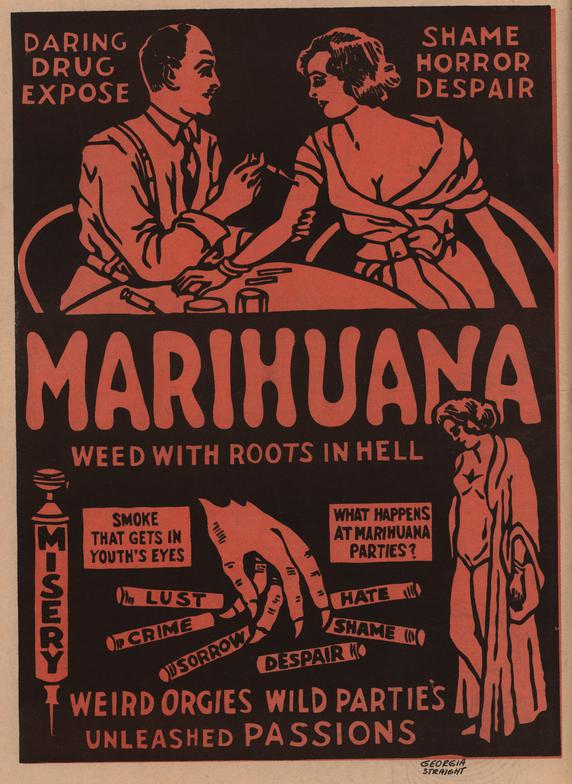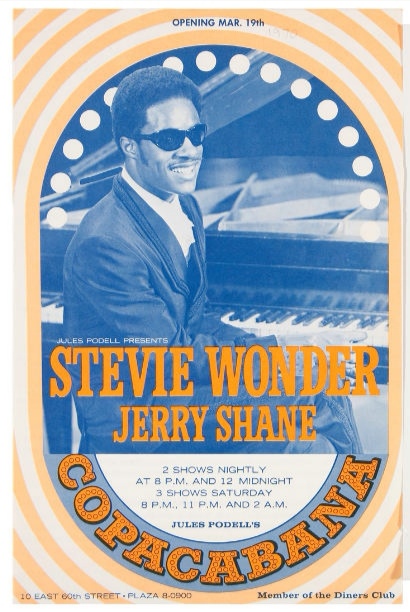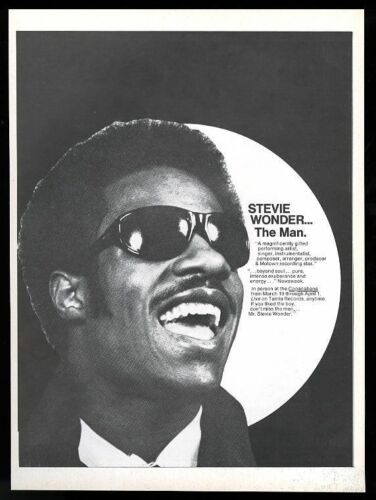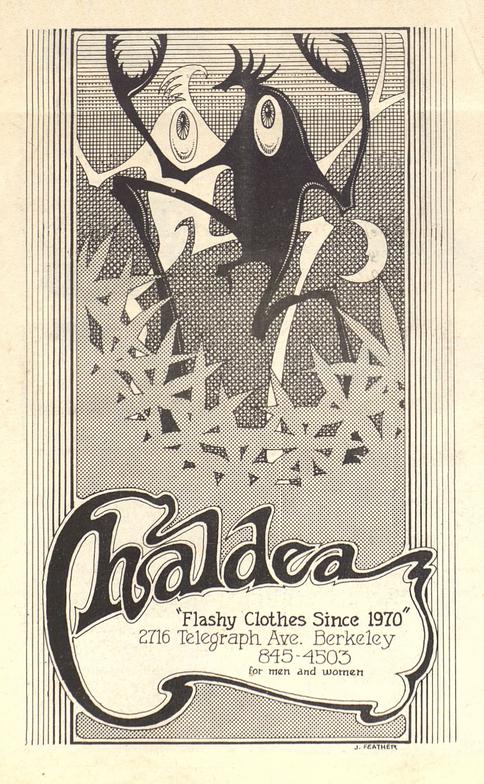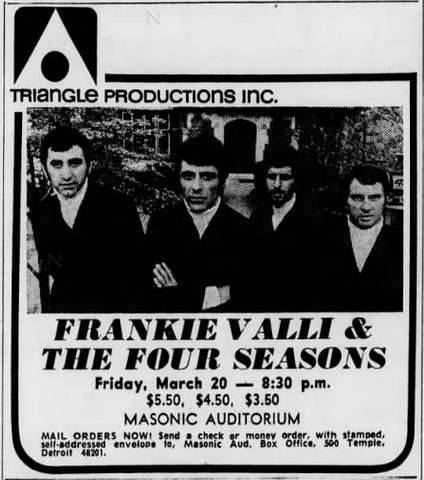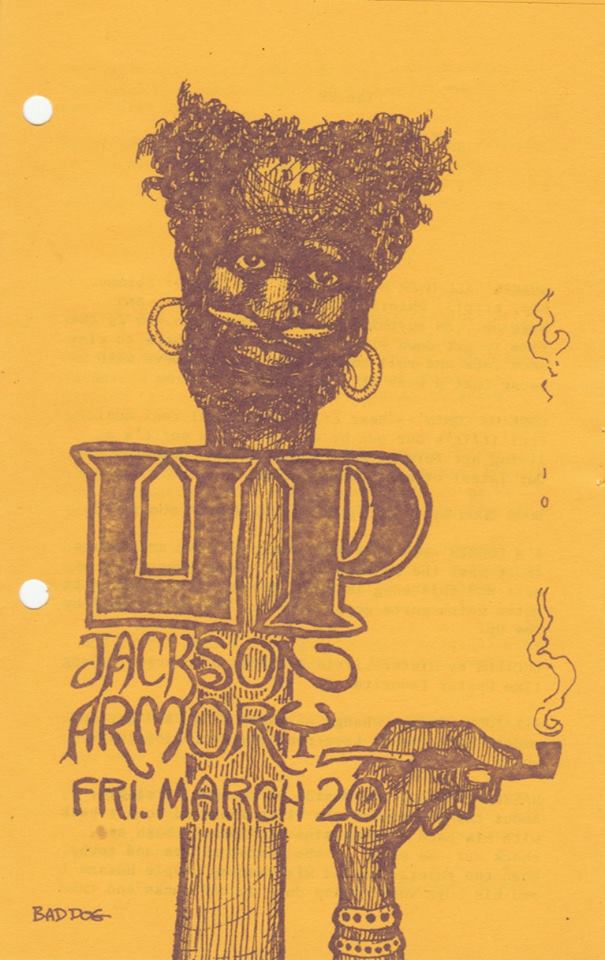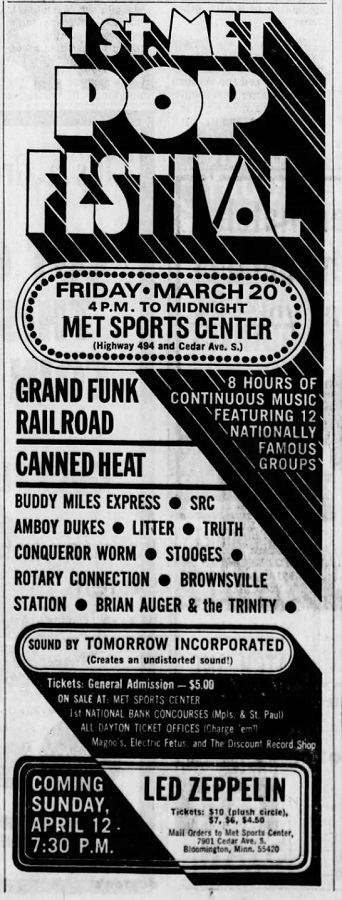Splatt Gallery
Double click here to add text.
Splatt Gallery's History of Michigan Concert Posters
Volume Six - 1970 - Page Five
An ad for Universal Family at Grandmother’s in East Lansing, Michigan, March 3-4, 1970.
**********************************************************
Following their re-christening of the Michigan Theatre in Detroit, the MC5 went back to the Boston Tea Party for three nights, March 5-7, 1970.
A second version of the poster/flyer for the MC5 with Family and Stone The Crow at the Boston Tea Party in Boston, Massachusetts, March 5-7, 1970.
An ad for the Temptations’ album “Psychedelic Shack” in the March 6, 1970 issue of the British music magazine Blues & Soul.
An ad for Country Joe & The Fish with Savage Grace at the Grand Valley State Colleges in Allendale, Michigan on March 6, 1970, which appears to be the final Michigan appearance for The Fish. The group performed six times in the state, three of those shows were at the Grande Ballroom in Detroit. They also opened for Janis Joplin at Cobo Arena and participated in the Mount Clemens Pop Festival in August 1969.
Poster/flyer for the Palladium in Birmingham, Michigan for March 6-7, 1970, signed by the artist Carol Ann, making it her second poster. The dates are somewhat convoluted on the poster, with Savage Grace, Blues Train and South Wind appearing on the sixth, and Spirit with Blues Train and South Wind on the seventh.
Poster/ads for Grand Funk Railroad in Port Chester, New York, March 6-7, 1970.
Poster and handbill for the 1st St. Louis Pop Festival, March 7, 1970, another inter-state venture by the team of Russ Gibb and Mike Quatro, with an atypical poster by Al Shamie (Bad Dog). The Michigan bands that G-Q booked were Amboy Dukes, Stooges, Frijid Pink, Frost, and most notably, The Pleasure Seekers/Cradle, right in the middle of their band transition.
A delightful poster/handbill by Darlene Pond of A-Square Productions for Third Power in Lima, Ohio, March 7, 1970.
A full-page Bell Records ad for the debut album by Mountain, released on March 7, 1970, the ad calls it the “second album”, apparently counting Leslie West’s debut solo album, called “Mountain”, which was released in July 1969.
The album “Climbing” was released thirteen days before the band’s second Michigan visit, March 20-21, 1970, opening for Joe Cocker at the Eastown Theater in Detroit. With the success of the album, and the single "Mississippi Queen", they were the headlining act on their next Michigan show, on May 20, 1970, again at the Eastown Theater, with Savage Grace opening.
Mountain - Mississippi Queen (1970)
https://www.youtube.com/watch?v=qEnF6EB-yMs
Poster and stage shot of Alice Cooper at the Five Stages Club in Chicago, Illinois on March 7, 1970.
Something happened with the Quatro sisters over the winter of 1969. The last time we saw The Pleasure Seekers on a bill was for the Black Magic Rock & Roll show on Halloween night, but they were among the majority of the bands that did not show up.
The line-up by that time had been reduced to just the four Quatro sisters, with Suzi moving into the background on drums. After only a handful of performances, the band was inactive for the rest of the year, although they made use of brother Mike’s connections to get backstage access for the Rolling Stones show, and to bring members of the Jefferson Airplane over to their house for a late night jam session.
At the end of the year, sister Arlene decided to leave the band, drummer Nancy Rogers was brought back, Suzi moved back up front, and the band changed their name to Cradle.
A pair of ads for John Mayall with his 12th Michigan appearance in just two years, on March 8, 1970 at the Michigan State University Auditorium in East Lansing.
The Detroit radio station WKNR Music Guide for the week of March 10, 1970, the Funkadelic song “I Gotta Thing” in the #2 spot. Here is a clip of the band performing the song on the Cleveland, Ohio TV show “Upbeat”.
Funkadelic – I Gotta Thing (TV appearance) (1970)
https://www.youtube.com/watch?v=HOoKgK09fCE
Two posters by Mark Behrens for John Lee Hooker at the Matrix in San Francisco, California, March 10-14, 1970.
An ad for the 8th Ann Arbor Film Festival in Ann Arbor, Michigan, March 10-15, 1970.
A midweek Freak Out with Ormandy and Universal Family at Grandmother’s in East Lansing, Michigan, March 11, 1970, with the second poster/ad by Perry Highway.
A full-page Discount Records ad (color enhanced) dated March 11, 1970.
Poster/handbill by CREEM magazine artist Linz for the first of a concert series for at Notre Dame High School in Harper Woods, Michigan, with the Amboy Dukes, Savage Grace, Brownsville Station, and Suite Charity on March 13, 1970.
The same image was later used, uncredited, for a September 1970 concert in Windsor, Ontario, Canada which was notable as the first Canadian appearance of Iggy & the Stooges.
Poster by an unknown artist, possibly Gerry Faubert, for the March 13, 1970 show by Alice Cooper at Walkerville Collegiate in Windsor, Canada. The promoters were still playing up the “chicken incident” from the Toronto Pop Festival, exactly six months earlier.
The newspaper ad played it up even more, “Do you hear the babble of chickens? Alice is coming! Alice Cooper will play host to the thronging masses…minus the chickens.” Their producer and mentor, Frank Zappa, encouraged them to let the myths take on a life of their own.
Jr. Walker on the cover of the March 13, 1970 issue of the British music magazine Blues & Soul with an upcoming UK tour.
March 13-14, 1970 found the MC5 back at the Ludlow Garage in Cincinnati, Ohio with another Persian-rug style poster by Jim Tarbell. The Stooges were the openers, with two shows nightly, at 8:00 and 11:00. On this Friday the 13th, the second single from the MC5 album was released on Atlantic Records.
MC5 – Shakin’ Street (1970)
https://www.youtube.com/watch?v=cbVdrnRm4R4
An ad for Artie Fatbuckle’s with Longbranch/Pennywhistle, aka two ex-Michigan lads J.D. Souther and Glenn Frey, appearing at the Los Angeles, California club on March 13-14, 1970.
Poster/handbill for Daniel’s Den in Saginaw, Michigan, March 13-14, 1970 by an unknown artist, there’s a signature that we can’t make out. The bill included one of the few known appearances by the Saginaw band Half Life.
On June 27, 1969, just a few weeks before the MC5 were scheduled to record their second album at GM Recording Studio in Eastpointe, Michigan, the band Half-Life was given enough studio time for a single take of their song “Get Down”.
The record was never released, but in 2008 it turned up on an A-Squared compilation CD and its recognizable riff prompted an inevitable, but completely implausible, speculation that somehow Black Sabbath stole it for the song “Paranoid” which was recorded a year later.
Half Life – Get Down (1969)
https://www.youtube.com/watch?v=EgMKXWrp-p4
A striking ad for a rare appearance by the Christian rock duo Good News, at the Canterbury House in Ann Arbor, Michigan on March 13-14, 1970. The Philadelphia-based duo released one self-titled album in 1970 and then went their separate ways, each on to much success.
Guitarist Michael Bacon became an accomplished film score composer, writing hundreds of songs for television shows and motion pictures. He also formed the band The Bacon Brothers with his brother Kevin Bacon, the famous actor, and they have released ten albums to date.
Cellist Larry Gold teamed up with Philadelphia soul music visionaries Kenny Gamble and Leon Huff just as they were coming up with the idea to form the Philadelphia International Records label. As a member of the Sound of Philadelphia’s house band, MFSB, Gold’s cello playing is heard on almost every record made in Philadelphia, including hits by the O’Jays, Harold Melvin and The Bluenotes, Billy Paul, Dusty Springfield, the Spinners, the Stylistics, the Delphonics, Teddy Pendergrass, the Trammps, Patti LaBelle and many others.
As a composer, arranger and producer he has worked with modern artists such as the Roots, Erykah Badu, Common, Jill Scott, Jennifer Lopez, Christina Aguilera and Justin Timberlake. Recently, he arranged, conducted, and played cello for Jay-Z’s performance on MTV Unplugged with the Roots.
All from the humble beginnings of a somewhat obscure 1970 acoustic Christian rock duo and a single album that ain’t half-bad.
Good News - He's Not In Heaven (1970)
https://www.youtube.com/watch?v=IyWfYWoPeCM
A Discount Records ad with a sale on the album by Good News during their engagement at the Canterbury House in Ann Arbor, Michigan, March 13-15, 1970.
It didn’t take place in Michigan, but the final farewell concert by the Vanilla Fudge at the Action House in Long Island, New York, March 14, 1970, had ramifications for two Michigan musicians. The Fudge had been preparing for the end of the group, with drummer Carmine Appice and bass player Tim Bogert planning to form a new group with Jeff Beck and Rod Stewart. Unfortunately, Beck was laid up by a car accident and Stewart decide to join the Small Faces.
Keeping the planned band name of “Cactus”, Bogert and Appice enlisted two Detroit, guitarist Jim McCarty from the original line-up of Mitch Ryder & the Detroit Wheels, and vocalist Rusty Day.
Day had quit his band, Rusty Day & the Midnighters to join the Amboy Dukes. Ted Nugent was changing his band’s line-up with each album, Steve Farmer was the lead vocalist on the first two albums and Day replaced him for the third album, Migration, shortly after which Nugent fired him and keyboardist Andy Solomon took on the lead vocals.
As we’ve mentioned before, Jim McCarty had joined the Buddy Miles Express and was working closely with Jimi Hendrix. The Buddy Miles Express performed in Detroit twice, heading at the Eastown Theater in June 1969, and opening for Fleetwood Mac at the same venue in December, 1969.
McCarty played on two Buddy Miles Express albums, Expressway to Your Skull and Electric Church. A song that McCarty wrote on the second album, “69 Freedom Special”, produced by Jimi Hendrix, later won Les Paul a Grammy award for his cover version.
Buddy Miles Express – 69 Freedom Special (1969)
https://www.youtube.com/watch?v=0L5ZG96b-xg
An Atco Records promo for the newly formed band Cactus, featuring Michigan musicians Jim McCarty and Rusty Day. The group would make their stage debut in May and release their debut album in July (shown on the promo sheet which dates it at that time).
Poster by Darlene Pond for A-Square Productions with the Amboy Dukes at the Upstairs Ballroom in Lima, Ohio, March 14, 1970.
Two weeks after The MC5 had brought live music back to the Michigan Theater in Detroit for the first time in almost six years, owner Nicholas George gave it another shot with this show on March 15, 1970, with BB King, Little Richard, and Sha-Na-Na, and he even got his name on the poster by an unknown artist.
But it appears to have been the final concert, George went back to screening movies, the theater continued to falter, closing briefly at the end of 1970, only to close again in June, 1971, waiting for the next entrepreneur with a dream, and the money, to come along.
An ad for the products and services of Al Shamie (Bad Dog), in the March, 17, 1970 issue of the Ann Arbor Argus newspaper.
“The latest in posters, body-painting, advertising, all that shit. Really cheap. Also, Bad Dog’s Learn-to-Draw correspondence course. Inquire at once. Ask for Bad Dog”
An ad for the debut album by Bloodrock, produced by Terry Knight and released on March 16, 1970 with a color photo of the promo poster.
Knight encountered a rock band in Texas named Crowd+1 and signed them within a few weeks. He re-named the band Bloodrock, produced their debut album, for which he also designed the album cover and sent them on the road backing Grand Funk railroad on tour.
We have to laugh when people today bemoan the loss of civility in our political discourse, they must have never seen an underground newspaper from 1970. “Off the Pigs!” was the common, and the mildest, polemic that was blasted across multiple pages on a regular and constant basis on street corners around the nation.
The Underground Press Service, which had originated with five papers, (NYC, Los Angeles, Berkeley, California, Detroit, and East Lansing, Michigan) had mushroomed to nearly 250 publications in the United States (plus 11 in Canada and 23 in Europe).
Since the purpose of the UPS was the syndicated sharing of stories, the most politically radical elements that might have remained regional, the Black Panthers in Berkeley, the White Panthers in Ann Arbor, the Yippies and the Weather Underground in Chicago and NYC, were given a far reach, consistent distribution, and growing numbers of inspired locally based off-shoots, an estimated readership in the millions.
The content was no holds barred, with outright calls for the murder, torture, and worse, of politicians, judges and law enforcement, and in addition to the incendiary words, the illustrations and cartoons had absolutely no boundaries, we have chosen to only show the mildest of them, such as this one by Al Shamie (Bad Dog) showing a cop being “krumped” by an iron ball in the March 17, 1970 issue of the Ann Arbor Argus.
The outright militancy of the underground newspapers also included instructions for bomb making and pages upon pages of education on guns, the various types described in detail with advice on selection, operation, and training. Although the Ten Point Program of the White Panthers was a list of demands for free stuff that would make Bernie Sanders blush, their newspapers would make the NRA proud.
Gary Grimshaw-style lettering for an article in the Ann Arbor Argus educating the hippies on their 2nd Amendment rights.
Half of this poster from the March 17, 1970 issue of the Ann Arbor Argus newspaper, the half with the artwork by Al Shamie (Bad Dog), and not including the accompanying poem by John Sinclair, titled “Justice/Rant for Bobby Seale”.
Sinclair must have had a bad day in prison, his pen drips with hate and it’s cinematically graphic, and it would have certainly proved our point. Let’s just say that if you think politicians being harassed in a restaurant is an outrageous lack of civility, you’ve never heard for the call to be strung up with your “xxxx sewn into your mouth”.
J.C. Crawford, no longer opening the MC5 shows with his Zenta preacher tent-show revival exhortations, landed a radio show on WKNR-FM. Photo by Kathe, letters by Darlene Pond in the March 17, 1970 issue of the Ann Arbor Argus newspaper.
The Fifth Estate newspaper was tied into Detroit radio, FE founder Harvey Ovshinsky had a show on WXYZ-FM called “Spare Change”, going back to late 1969, which was taken over by fellow FE editor, Pete Werbe, in the spring of 1970 when Ovshinsky became the news director for WABX.
About a month before that, Detroit poet and frequent FE contributor, Hank Malone, started a show called “the public service experiment” on WXYZ-FM. Hank Malone, one of Detroit’s original “Nick Beats”, predating the Detroit Artists Workshop by about seven years, and his muse, Canadian radio show host, Alex Pavlini, the true pioneer of underground radio from 1950 to 1964, are subjects of previous posts.
A full-page ad for the third album by SRC, “Traveler’s Tale”, in the March 17, 1970 issue of the Ann Arbor Argus newspaper.
SRC released their third album on Capitol Records near the beginning of March, 1970. Guitarist Gary Quackenbush was recovering from a motorcycle accident, the album featured Ray Goodman alone on guitar, but shortly after the album release Quackenbush re-joined and Goodman joined Mitch Ryder’s Detroit Wheels.
Most of the (limited) biographies of the band over-simplify their history by claiming that the band broke up shortly after the release of this album, but we have a good two years’ worth of shows still to come.
SRC – Street without a Name (1970)
https://www.youtube.com/watch?v=RLx4uWMSzYU
Right around the same time, the Amboy Dukes released their fourth album.
The Amboy Dukes – Marriage on the Rocks/Rock Bottom (album) (1970)
https://www.youtube.com/watch?v=uhJX7ML0KT0
A full-page ad in the March 18, 1970 edition of the Detroit Free Press newspaper, announcing a format change for radio station WWW 106FM. On March 10, 1970,the station switched from the “beautiful music” format of instrumental, or background music, since 1966, to a “solid gold” oldies Top 40 format, but with a complicated formula that would also include current hits.
According to an article in the July 25, 1970 issue of Billboard magazine, “The oldies will go back to 1951, and the station has a library that will permit it to go nine-days without repeating an oldie. Oldies are separated in three different lists — A, going back before 1960; B, 1960 through 1964; C, 1965 through the present. Any time a pre-1960 record is played, the next record is from the “C” list so that the sound don’t stay too long in the distant past.”
Deejays at the station included program director Ron Rose, Chuck Richards, Tom Michaels, Robin Seymour on weekends, and Tom Clay. It was also one of the first stations to pick up Detroit radio veteran Casey Kasem's newly syndicated countdown show, “American Top 40”.
The mouthful “WWWW” became more simply known as W4, as seen on the bumper sticker that we over-laid on the ad. About a year from here, W4 will evolve into “album oriented rock”, entering a three-way competition with WRIF, which will convert over from WXYZ-FM in March 1971, and with WABX, which had been Detroit’s pioneer in the “freeform progressive rock” format since February 1968.
A half-page illustration by Chris Frayne in the March 19, 1970 issue of the Second Coming newspaper in Ypsilanti, Michigan, a depiction of his brother George's band, aka Commander Cody & His Lost Planet Airmen. The words "Big Fat" in the lower right corner might imply that the illustration also appeared in that magazine as well.
A poster by Georgia Straight in the March 19, 1970 issue of the Second Coming newspaper in Ypsilanti, Michigan.
A nice color combimation poster and a full-page ad for Stevie Wonder at the Copacabana club in New York City for a two-week residency, beginning on March 19, 1970.
Here is a real treat, a full concert by Stevie, labeled Brazil 1970, but may have been in Venezuela in January 1970, if for nothing else, check out his amazing drum solo at about the half-way mark.
Stevie Wonder – Live in Venezuela (January 1970)
https://www.youtube.com/watch?v=j0S4AmtCUk8
Double click here to add text.
Another ad by Gary Grimshaw for the Chaldea clothing store in Berkeley, California, published in the March 19, 1970 issue of the San Francisco Good Times newspaper. This is at least the fifth ad that Grimshaw made for the store, and it may be the most fantastic of the bunch. Like some of the others, it is signed “J. Feather”.
Newspaper ad for Frankie Valli & the Four Seasons at Masonic Auditorium in Detroit, Michigan on March 20, 1970.
Poster/flyer by Al Shamie (Bad Dog), for UP at the Jackson Armory in Jackson, Michigan, March 20, 1970.
The pop festival season was off and running again, we already saw the St. Louis festival on March 7th, here, two weeks later, on March 20, 1970, is one in Minneapolis, Minnesota, and in six more days, there will be one in Cincinnati, Ohio. The common factor between all three was the Amboy Dukes and the Stooges.
SRC and Brownsville Station were two additional Michigan acts; along with headliners Grand Funk Railroad, at the Minneapolis festival.
It was reported that 6,000 kids attended the festival, to keep things in perspective, three times that many people were at the Minnesota state basketball tournament that same night.
Volume Six - 1970 - continues - HERE


